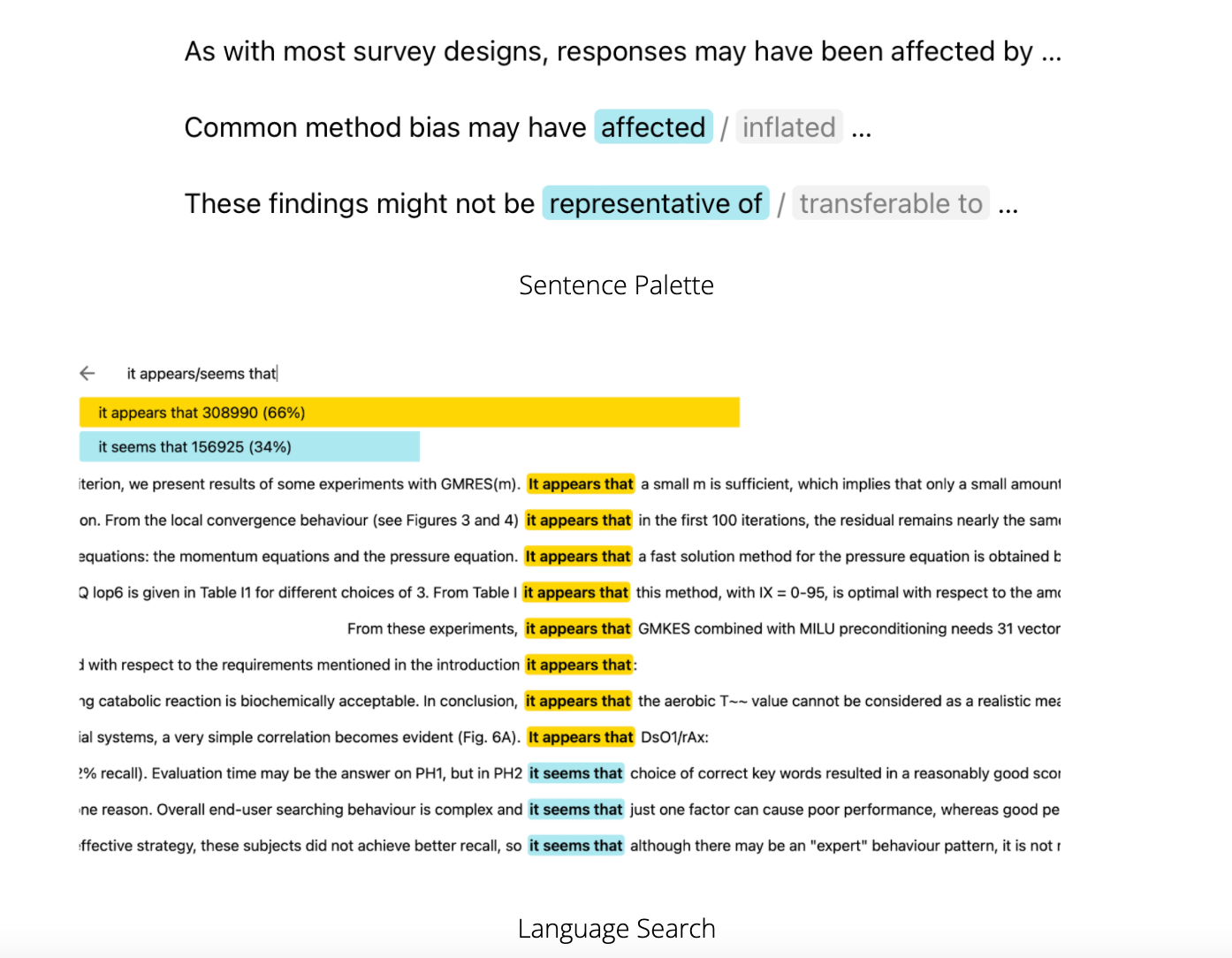If you read a lot of academic papers, you will have noticed lots of might, appear(s) to, and possibly’s. Perhaps you will have wondered why rigorous research sounds so tentative. But these and other similar terms, called hedging, have their use in academic writing.
What is hedging
Hedging can be defined as the expression of the degree of certainty of a statement. Hedging language encompasses a broad range of terms and phrases; mainly verbs, but also adverbs, nouns and ‘that’ clauses. The following are very common.
-Hedging verbs: appear, seem
-Modal verbs: may, might, could, can
-'That' clauses: it is clear/apparent/likely/probable that…, it has been suggested that…
Combinations of the above are also frequent, e.g. It appears that a fast solution method may be needed.
Why is hedging often used in papers
The point of research is to provide answers to questions. But in most scientific fields, providing clear and definite answers is difficult. Findings can be said to be true under certain experimental conditions (method, sample or participants used) only. They cannot be generalized unless replicated by studies using different conditions, and may even be refuted in the future.
So there is a need to express various degrees of certainty when reviewing literature or discussing findings.
How to use hedging in your paper
The following tips will help you find the right words and phrases to express caution and uncertainty in your academic text.
- Understand nuances and gradations of meaning between different hedging terms. Some express more certainty than others (e.g. probably > possibly; can > could). Don’t be afraid to dig out old dictionaries and grammar textbooks to be sure.
- Assess the degree of certainty of claims and findings. Are you reporting preliminary results, or results from a replication study? How confident are you in the reliability of your method? Answers to such questions will inform your word choice.
- Notice hedging patterns in papers you read. What words or word combinations are commonly used in your field? In which section(s) does hedging feature most? Even better, check out Writefull’s Language Search for examples of use in context. Or browse the Sentence Palette for template sentences containing hedging.
- Variety is the spice of academic writing. Make use of hedging through different strategies, such as a mix of those listed above. But don’t overdo it! There’s no need to use hedging when reporting established facts or theorems.

Read more about heading here.
Writefull webinars
Looking for more academic writing tips? Join our free webinars hosted by Writefull's linguists!

